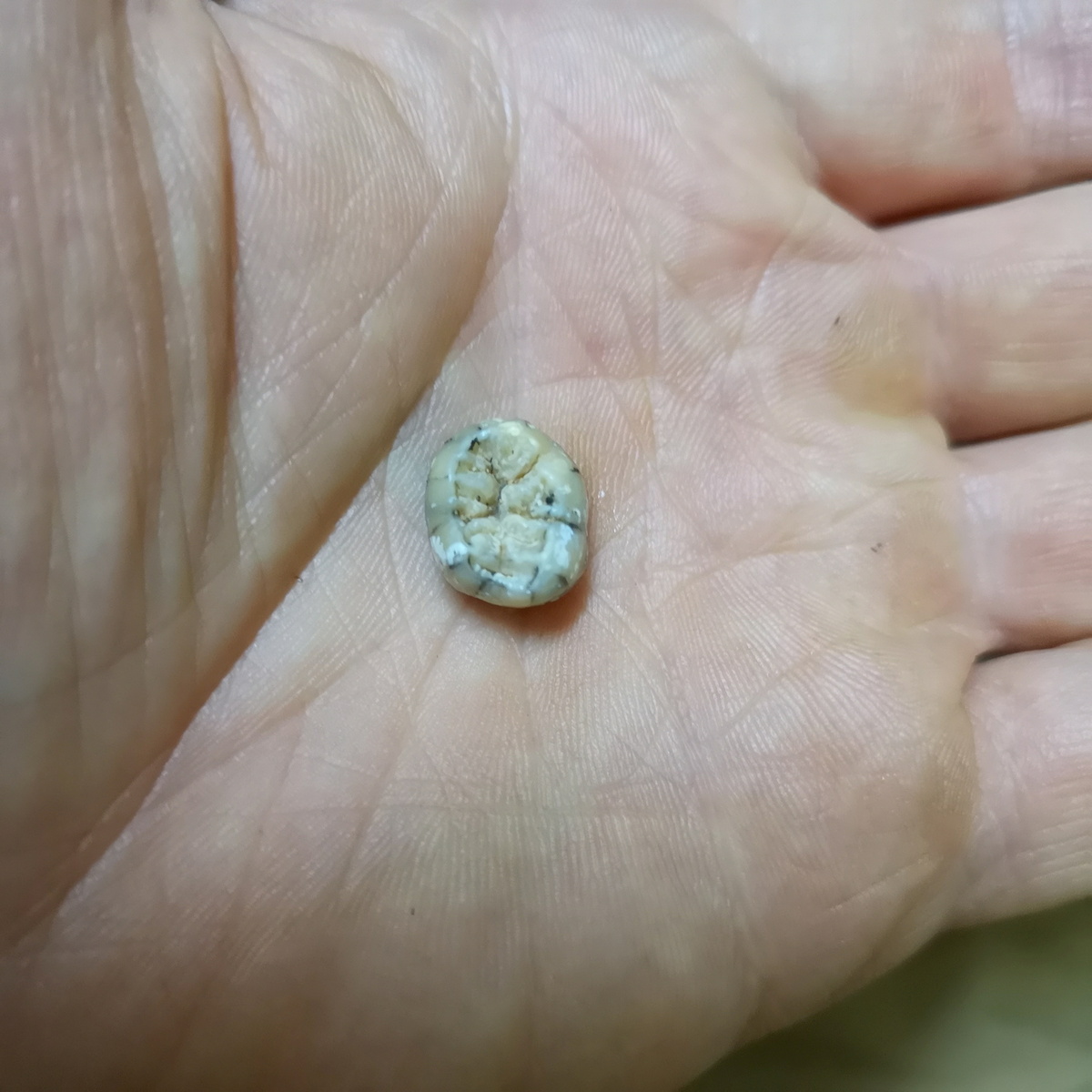Discovery of ancient tooth in Laos is shedding light on early humans
By ANGUS McNEICE in London | China Daily Global | Updated: 2022-05-19 09:53

A tooth found in a cave in Laos that could be around 160,000-years-old has provided evidence that the archaic humans called Denisovans lived across a huge range stretching from Siberia, through China and into Southeast Asia.
The first fossils belonging to the extinct species, or subspecies, of human were unearthed in the Denisova Cave, in Siberia, in 2008. In 2019, archaeologists confirmed that a separate fossil, found in a cave in China's Tibet autonomous region, belonged to a Denisovan.
The tooth from Laos was discovered in 2018 but was only confirmed this week as belonging to a Denisovan, in a study published in the journal Nature.
The discovery adds to the increasingly complex known history of hominin communities, which first migrated out of Africa and dispersed through Europe and Asia hundreds of thousands of years ago. Numerous fossil finds have meant that Neanderthals have most often captured the public's imagination, but scientists are now confident that several human relatives, including the Denisovans, shared territory across Europe and Asia, before Homo sapiens emerged as the dominant human species.
"After all this work following the many clues written on fossils from very different geographic areas, our findings are significant," said Fabrice Demeter, a paleoanthropologist at the University of Copenhagen, and lead author of the paper.
"This fossil represents the first discovery of Denisovans in Southeast Asia and shows that Denisovans were in the south, at least as far as Laos. This is in agreement with the genetic evidence found in modern day Southeast Asian populations," Demeter added.
The fossil from Siberia had traces of genetic material, which allowed scientists to ascertain through DNA analysis that Denisovans had interbred with modern humans across much of Asia tens of thousands of years ago. The discovery of the tooth in Laos provides the first archaeological evidence that the Denisovans once populated a broad range of climates and topography, from the frigid plateaus of what is now northern Russia to the humid tropics of Southeast Asia.
"We have essentially found the smoking gun-this Denisovan tooth shows they were once present this far south in the karst landscapes of Laos," said Mike Morley, a micro-archaeologist at Flinders University in Australia, who contributed to the study.
The scientists confirmed that the tooth belonged to a Denisovan by comparing its shape to teeth from the jaw bone unearthed in China's Tibet autonomous region. The researchers estimate the molar is between 131,000 and 164,000 years old, and protein analysis suggests the fossil belonged to a young female aged between 3.5 and 8.5 years old.
"The good agreement of the different dating techniques, on both the sediment and fossils, attest the quality of the chronology for the species in the region," said Renaud Joannes-Boyau, an expert in archaeological dating from Southern Cross University in Australia, who worked on the study. "And this has a lot of implications for population mobility in the landscape."
























